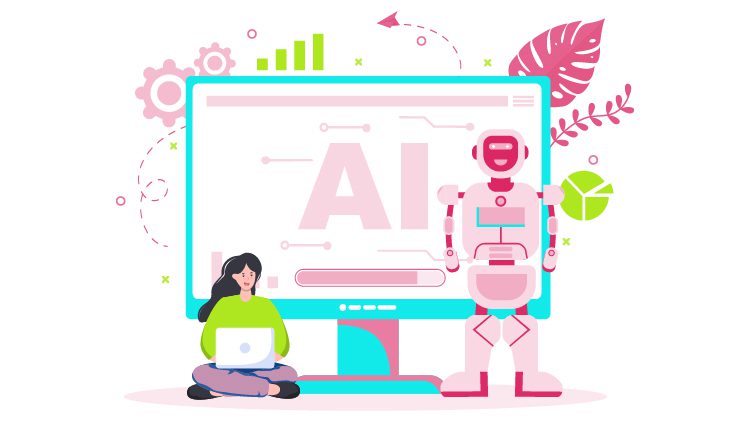
Will AI translation save on your translation budget?
Understanding AI Translation
Artificial intelligence (AI) translation is a process that involves using machine learning algorithms and neural networks to translate one language into another. This technology aims to break down the language barrier and facilitate communication between people who speak different languages.
AI translation can be used for various purposes, from document translation to website localization, and is becoming increasingly popular in the translation industry. This is because it can provide accurate translation quickly and at a lower cost than human translation services.
The translation process with AI translation involves feeding large amounts of data into the neural network to enable the system to learn and make predictions. This allows the machine to recognize patterns and nuances in the language and provide high-quality translations. In addition, AI translation technology can use translation memory, enabling it to learn from previous translations, leading to more nuanced and accurate translations.
While there are pros to AI translation, there are also cons to consider. The translation accuracy depends on the quality of the training data used to train the system, and there may be nuances in the language that AI translation may not capture accurately. As a result, a professional translator may be required to ensure high accuracy for critical translation tasks.
Overall, AI translation can be a cost-effective and time-saving option for businesses that require frequent translation tasks. However, it’s essential to consider the accuracy and quality of the translations when deciding whether to use AI translation or a human translation service.
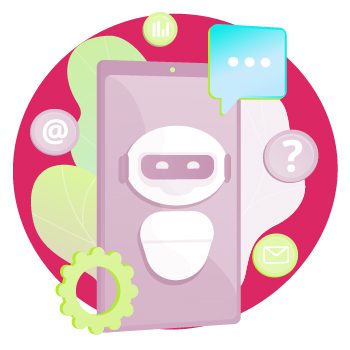
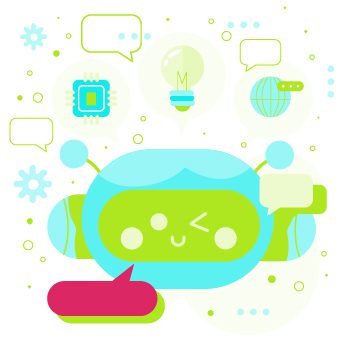
Pros of AI Translation for Businesses
AI translation, also known as machine translation, has been making waves in the translation industry due to its potential to cut costs and improve efficiency significantly. Here are some of the main advantages of AI translation for businesses:
- Faster Translation Process: With AI translation, documents can be translated quickly and accurately. This means businesses can soon solve large amounts of content, allowing them to operate more efficiently and effectively.
- Cost-Effective: Machine translation can be significantly cheaper than human translation, as it requires fewer resources. This is particularly advantageous for businesses that must regularly translate a large amount of content.
- Consistency: Machine translation provides consistent translations, meaning that the exact words and phrases will be translated the same way every time. This is especially important for businesses that require accurate and reliable translations.
- Language Coverage: AI translation can cover a wide range of languages, making it easier for businesses to expand into new markets and reach new audiences.
- Translation Management: AI translation tools often have features that allow businesses to track and manage translations easily. This can help companies to save time and resources and ensure that translations are completed on time and to a high standard.
Overall, AI translation can benefit businesses looking to cut costs and streamline their translation process. However, it is essential to remember that AI translation may not always provide nuanced translations and may not be suitable for certain types of content. It is necessary to weigh the pros and cons and consider all factors before choosing a translation solution for your business.
Cons of AI Translation for Businesses
While AI translation may have several advantages for businesses, it is not a perfect solution and has drawbacks. Here are some of the cons of AI translation for firms to consider:
- Accuracy: AI translation may not always be accurate, especially in complex and nuanced language. Machines lack the cultural understanding and contextual knowledge required to accurately translate text, which could lead to misinterpretations and errors.
- Personalization: AI translation cannot offer the personalization and customization that human translators can. This can be especially problematic when translating content for specific industries or target markets.
- Quality control: Unlike a human translator, AI translation cannot spot errors or inconsistencies in the source text or translated content. This can lead to substandard translations that may not meet the desired quality standards.
- Lack of empathy: Machines cannot understand the emotions behind the words, which can be crucial in specific contexts, such as marketing and advertising.
- Replacement: AI translation should not be seen as a replacement for human translators but rather as a complementary tool to help streamline the translation process.
Businesses need to consider the limitations of AI translation when making decisions about their translation process. Working with a trusted and experienced translation company can help mitigate these issues and ensure the highest quality translations possible.
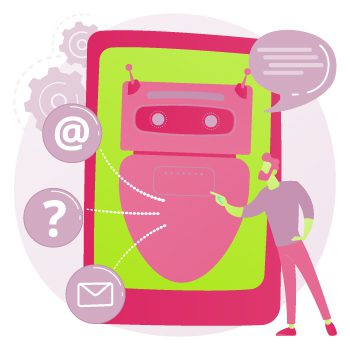
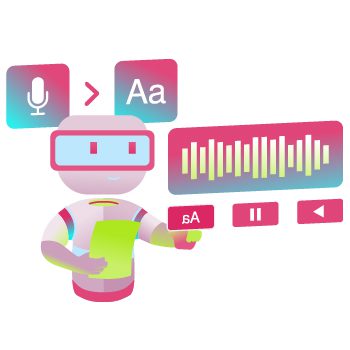
Cost Comparison Between AI Translation and Human Translation
Cost is one of the most critical factors when considering translation options for your business. AI translation, which uses machine learning algorithms to translate text, may seem appealing because it’s often much cheaper than hiring a human translator. However, it’s essential to understand the potential trade-offs and limitations of using AI translation to make an informed decision.
Regarding cost, AI translation is often significantly cheaper than human translation. For example, many AI translation services charge a few cents per word, while human translators may charge several dollars per word. This can make a big difference for businesses with significant translation needs.
However, it’s important to note that the quality of AI translation is often lower than human translation. While AI translation can be helpful for simple, straightforward text, it can struggle with more complex or nuanced language. This can result in inaccurate translations that can confuse or even offend readers.
Another potential cost of AI translation is the time and effort required to train and maintain the software. The translation process is not foolproof; human input is needed to maintain and refine the algorithm. Additionally, human translators often have a much quicker turnaround time than AI, making it a more practical option for businesses with strict deadlines.
Ultimately, the cost comparison between AI translation and human translation will depend on the specific needs of your business. Factors like the complexity of your text, the volume of translations required, and your budget will all play a role in your decision. It’s essential to carefully consider the trade-offs and limitations of both options to make the best choice for your business.
Factors to Consider when Choosing AI Translation
Artificial intelligence has been changing the way businesses handle their translation needs. As technology evolves, it’s no wonder that AI Translation is gaining momentum. However, it’s essential to consider several factors before implementing this process in your business.
Accuracy is a crucial factor to consider when choosing AI Translation. While AI technology can translate texts at lightning speed, it’s imperfect. Accuracy varies and can be influenced by the source text’s quality, the language’s complexity, and the algorithms used. Therefore, it’s essential to test how accurately the AI translation can render the text before fully implementing it.
Another crucial factor to consider is the purpose of the translation. AI translation may be perfect for translating bulk materials intended for internal use. However, it may not be ideal for tasks that require a human touch, like translating marketing materials that need to connect emotionally with the target audience. In such instances, human translators are preferable.
In addition to accuracy and purpose, other factors to consider include data privacy and security. The AI system requires data to be fed before it can make accurate translations. You must ensure that this data is protected from unauthorized access.
Lastly, consider the quality of customer support offered by the provider. The technical aspects of the process are not foolproof, and you might require help to resolve issues. Choosing an AI Translation provider that offers excellent customer support is essential to keep the translation process running seamlessly. Read more about Why We Always Need Human Translators.
Real-life Examples of Businesses that Successfully Use AI Translation
With the growing trend of AI translation, many businesses have adopted this technology to save on their translation budgets. Here are some real-life examples of companies that have successfully implemented AI translation:
Airbnb, the global marketplace for accommodation, uses AI translation to communicate with hosts and guests across different languages. They have developed their translation engine incorporating AI and machine learning to improve the accuracy of translations. This has not only improved the user experience but also increased bookings.
Rakuten, a Japanese e-commerce company, uses AI translation to translate customer reviews and product descriptions from Japanese to other languages. This has helped them expand their global customer base, improve their online reputation, and increase sales.
eBay uses AI translation to provide sellers with real-time translations of buyer messages. This helps sellers to communicate with buyers in their language and provides a seamless buying experience.
While these companies have successfully implemented AI translation, it’s important to remember that AI translation cannot replace the human touch in the translation process. It’s crucial to understand the limitations of AI translation and use it to improve the translation process rather than relying solely on it.
Tips for Implementing AI Translation in Your Business
If you’ve decided to implement AI translation in your business, several tips can help you get the most out of this technology. Here are some valuable tips to consider:
- Define Your Translation Process: Before implementing AI translation, it’s essential to understand your current translation process. Define how you currently handle translation, and identify the areas that can benefit from AI translation. This will help you set clear goals for AI implementation.
- Choose the Right AI Tool: Various AI translation tools are available in the market, so choosing the right one for your business is essential. When choosing an AI tool, language pair, document type, and industry-specific terminology should be considered.
- Train the AI Tool: The AI tool needs to be trained with the correct data to get accurate translations. Provide your AI tool with a translation corpus that matches your specific industry and language pair.
- Set Up Quality Control Measures: While AI translation is faster and more cost-effective than human translation, errors are still possible. Set up quality control measures to ensure the translations are accurate and consistent.
- Integrate with Other Technologies: AI translation can be integrated with other technologies to streamline your translation process. Consider incorporating it with project management tools or content management systems.
Following these tips, you can successfully implement AI translation in your business and save on your translation budget.
How does AI translation differ from traditional translation methods?
Traditional translation methods involve human translators manually translating content, while AI translation relies on algorithms to perform the task automatically. AI translation is faster, more scalable, and can handle large volumes of content in multiple languages.
Can AI translation save on your translation budget?
Yes, AI translation has the potential to save on your translation budget significantly. Since AI-driven tools work autonomously, they eliminate the need for hiring human translators for routine or repetitive tasks, reducing labor costs.
Are there any limitations to AI translation?
Yes, AI translation may have some limitations. It may struggle with complex sentence structures, idiomatic expressions, and accurately capturing the intended context. Human translators still excel at understanding nuances and cultural references, which can be challenging for AI to replicate.
Can AI translation be used for all types of content?
AI translation is suitable for various types of content, including technical documentation, user manuals, product descriptions, and website content. However, human translators may still be preferred for content requiring creative writing, marketing materials, or susceptible documents.
How accurate is AI translation compared to human translation?
The accuracy of AI translation has improved significantly over the years due to advancements in machine learning. While AI can provide decent translations for many languages and content types, human translation still maintains a higher level of accuracy, especially for critical or specialized content.
